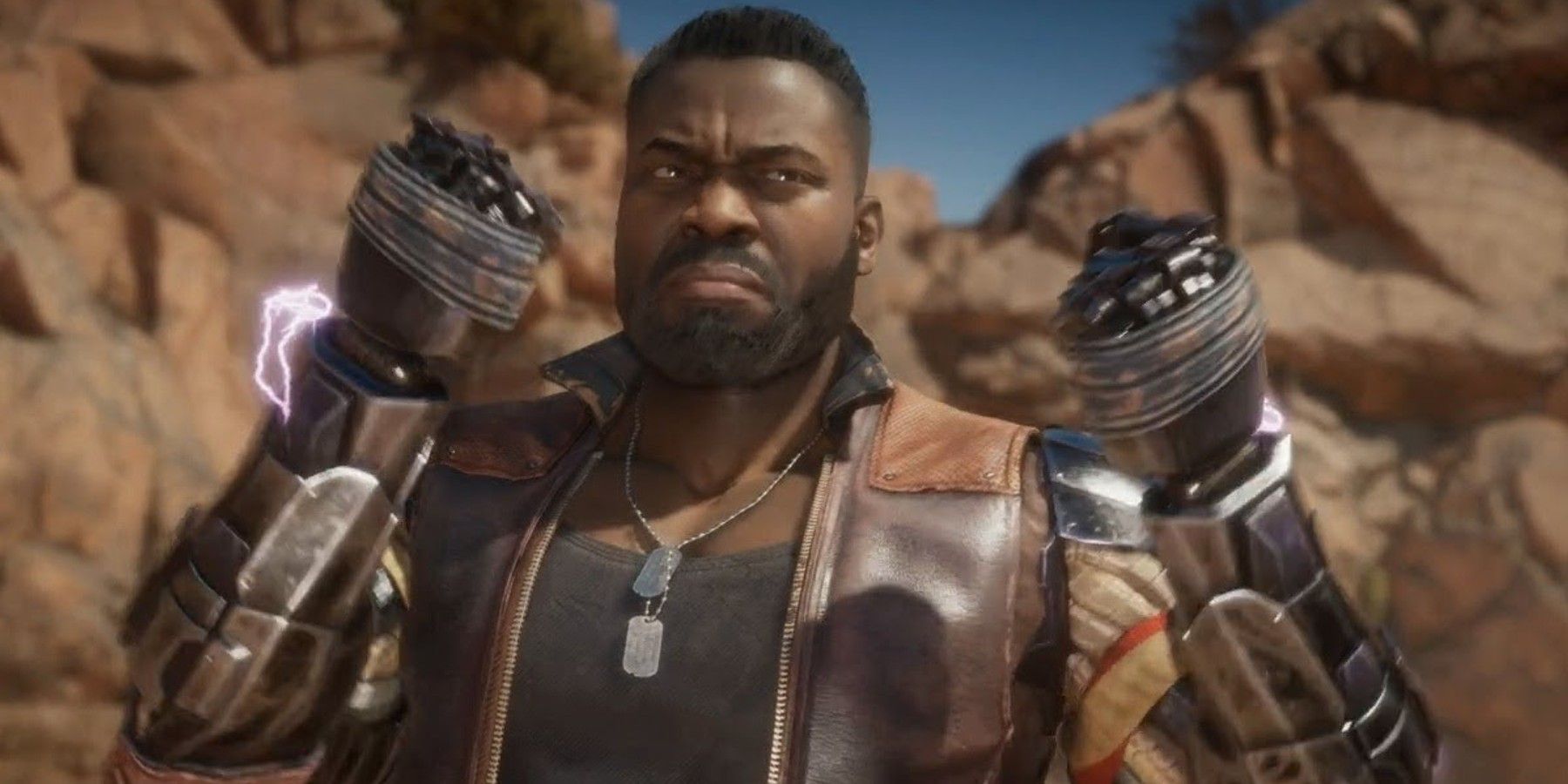
Unlocking the Untold Secrets: Mortal Kombat 1's Game-Changing Story Evolution

Mortal Kombat 1's reboot presents a crucial opportunity for the franchise to rectify past flaws, particularly in addressing the lack of impact and significance surrounding character deaths Learn how the game aims to avoid repeating this mistake and deliver a more meaningful experience
When Mortal Kombat 1 was announced in May, fans were already aware that NetherRealm would be resetting the timeline. While the storyline of Mortal Kombat 11 leaves little room for alternative outcomes, the decision to reboot the story requires solid justification. In addition to revamping the gameplay with Kameo Fighters, NetherRealm must also push the boundaries of its storytelling. This presents a unique opportunity to enhance the cinematic storytelling that Mortal Kombat is renowned for, while learning from past mistakes. One area that should be addressed is how the series handles character deaths.
In the previous Mortal Kombat timeline, many characters were brutally killed only to be resurrected shortly after. For instance, in Mortal Kombat 9, Sub-Zero is captured and transformed into Cyber Sub-Zero. However, after being killed, he is revived in his human form for Mortal Kombat X. While this decision allowed the beloved character to make a comeback, it diminished the impact of his transformation and death, making the story more convoluted. Similarly, characters like Liu Kang, Jax, Kitana, and others also experience death and subsequent revival in various capacities throughout the timeline of Mortal Kombat 9 and its sequels. In this timeline, death holds little significance.
Character Death Lacks Weight in Mortal Kombat
The excessive use of death and reincarnation in Mortal Kombat diminishes the overall experience. With a large roster, it becomes challenging to keep track of characters when their deaths no longer hold permanent consequences. Additionally, the constant revival of characters undermines the ability to create impactful moments in the story. For instance, the transformation of Cyber Sub-Zero back into a human in Mortal Kombat X lessens the tragedy of his journey in the previous entry.
While the presence of zombies or revenants was significant in the past three Mortal Kombat games, a more restrained approach to killing and reviving characters would open up opportunities for more engaging narratives. The predictable resurrection of characters diminishes the emotional impact of losing beloved fan favorites, as it feels more like a guarantee of their return rather than a genuine loss. Instead of focusing on bringing back deceased characters, NetherRealm could have explored the potential of revisiting forgotten Mortal Kombat characters or introducing new ones. However, more often than not, the revived character simply made a comeback.
Content:
Given the significant changes in Mortal Kombat 1, there is now a chance for the new story to be more strategic in its use of character deaths. This approach would make it easier for fans to follow the story and increase the impact of its pivotal moments. By introducing the possibility of permanent character deaths in the story mode, the fights in Mortal Kombat 1 would become more intense, with the real threat that one of the characters involved might be eliminated from the narrative entirely.
In a timeline where resurrection or undead forms are handled with caution, the return of a beloved character who was previously deceased would generate even more excitement.
While death and violence are fundamental to the series' aesthetic, employing death more sparingly would enhance the narrative weight of the fatalities in Mortal Kombat. By reserving these brutal kills for significant turning points, rather than making them the norm, they would become more shocking and impactful. Since fatal blow attacks are already a regular occurrence in combat, the fights are already intense and visceral, and players would still have access to a variety of brutal fatalities in other modes. Mortal Kombat 1 should seize this opportunity to tell its story in a manner that employs death in a more deliberate manner.
Mortal Kombat 1 will release on September 19, 2023 for the Nintendo Switch, PC, Playstation 5, and Xbox Series X|S.














